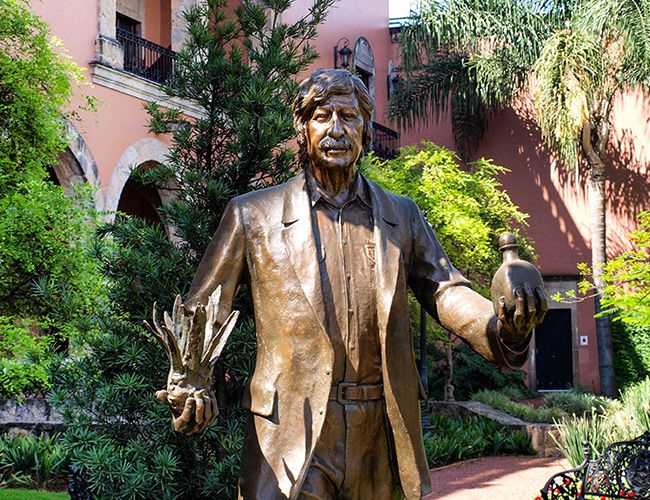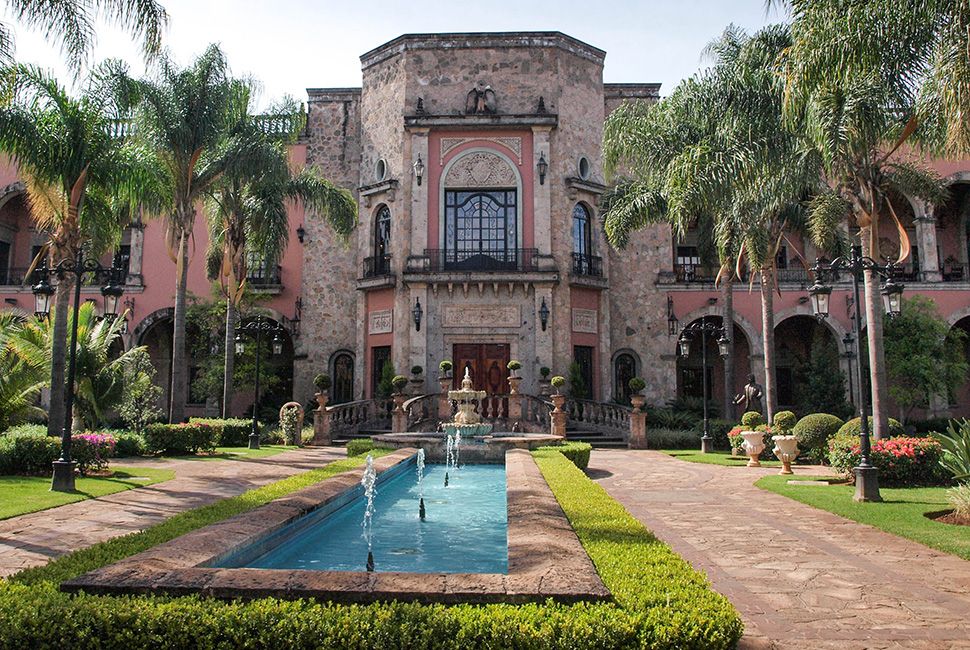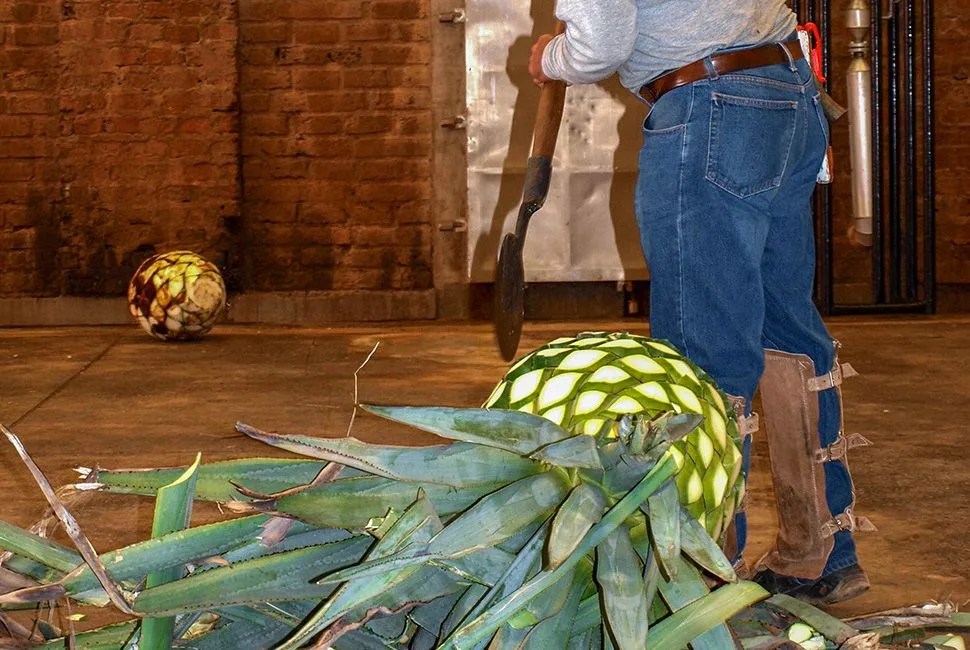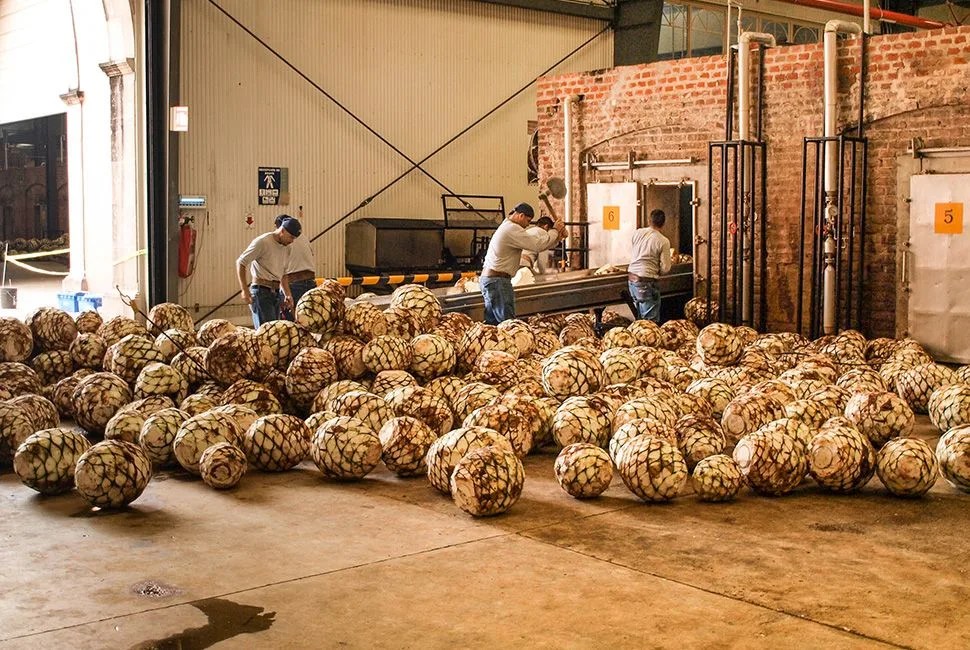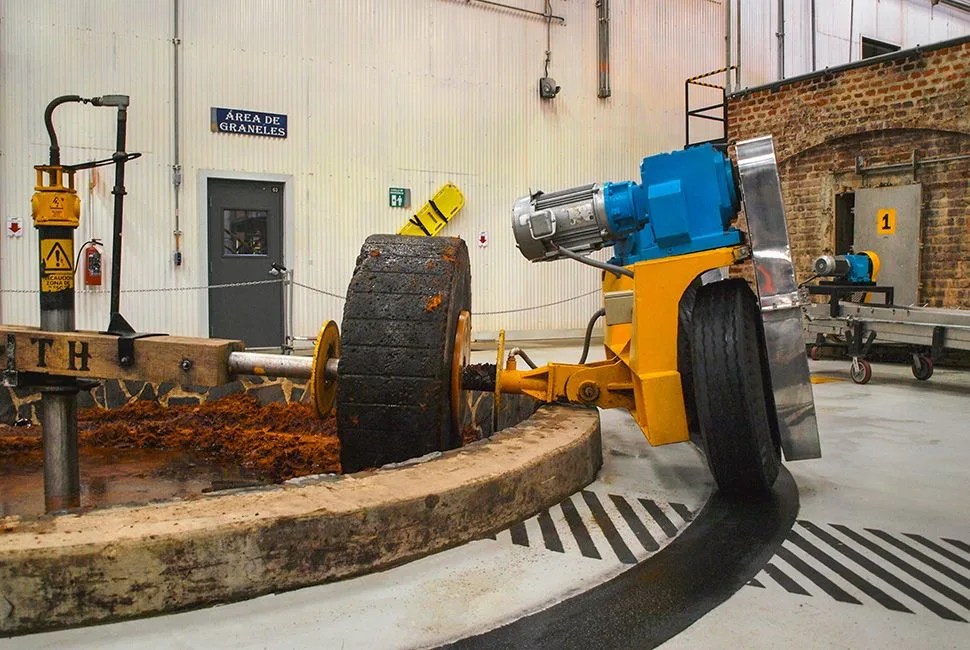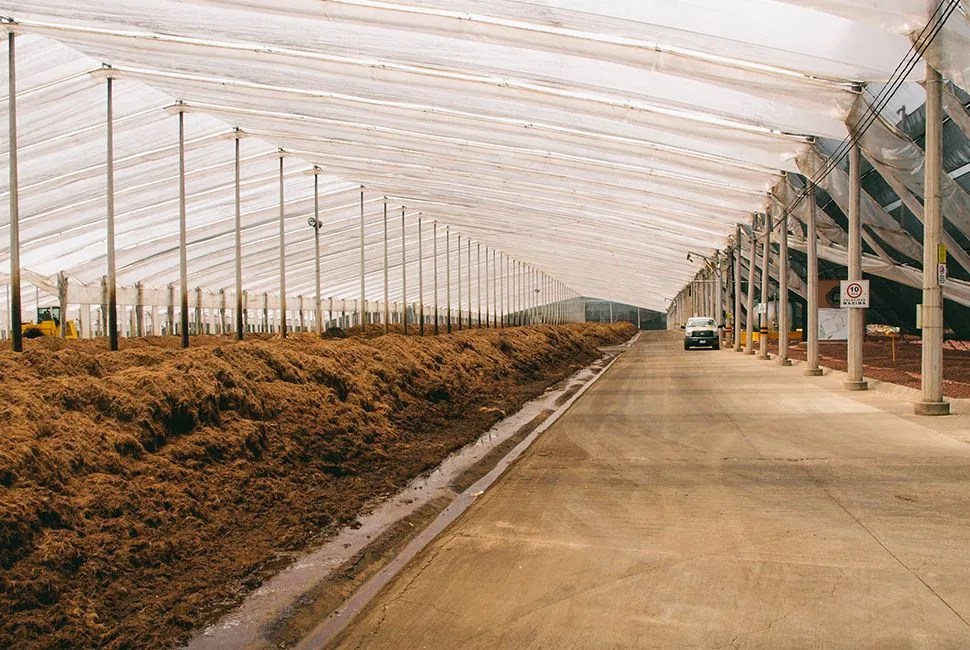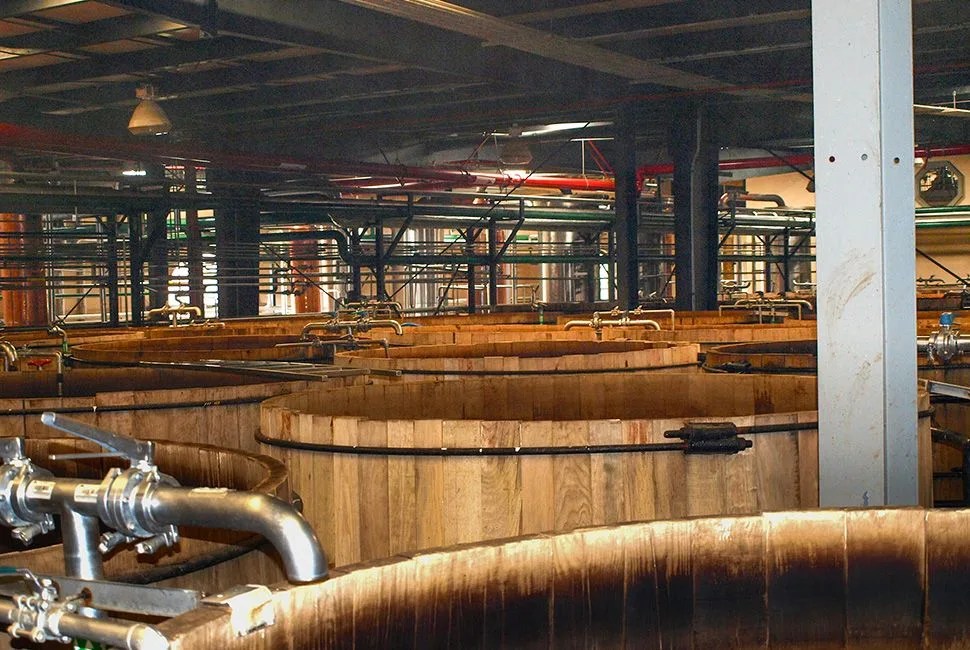8 photos
It’s not easy to get to where they make Patrón tequila. The Hacienda — a sprawling campus of Spanish colonial buildings encompassing the distillery, bottling plant and world headquarters of this rapidly growing luxury brand — is about an hour and a half outside Guadalajara. Many employees make the same trek, by company bus, twice daily, past endless agave fields, roadside cocinas economicas and cerveza stands and, of course, armed state policías, a brief reminder that this area in western Mexico is prone to outbursts of cartel-related violence.
We’re this far outside the city to be closer to the agave. Up here, in the hills of the province of Jalisco, the agave is said to grow bigger and more abundantly and with a sweeter taste than anywhere else in the country. In fact, it’s one of the few regions of Mexico where tequila is allowed to be produced, because it’s close to the source.
Patrón doesn’t grow any agave of its own, save for the miles and miles of decorative plants that adorn the grounds, its famous blue stems punctuating the landscape as though painted there in watercolor. Instead, they buy agave from local farmers in large quantities — a system, says plant manager (and tour guide) Miguel Escobar, that allows them to cherry-pick the best plants while ensuring that farmers in the area earn a living wage. In fact, Patrón prides itself on being the largest employer in the area (as well as one of only a handful of tequila brands that has its own distillery; most others share space and equipment to keep costs down).
Patrón’s distillery is sacred ground, or so we’re told. Tourists aren’t granted access, unlike other distilleries in the neighborhood. While the Hacienda, which was built in 2002, looks occasionally like a Disney-fied version of a real Mexican hacienda, so carefully aged and ornately landscaped as to feel almost surreal, the quality of the work that goes on here is indisputable. Though Patrón has gone to great lengths to position itself as “premium” — the tequila of private jets and rap lyrics — the secret, isolated Hacienda might be its greatest asset. In fact, just a few weeks after our visit, Patrón launched a massive virtual reality campaign to give Oculus Rift users a drone’s-eye view of the production process.
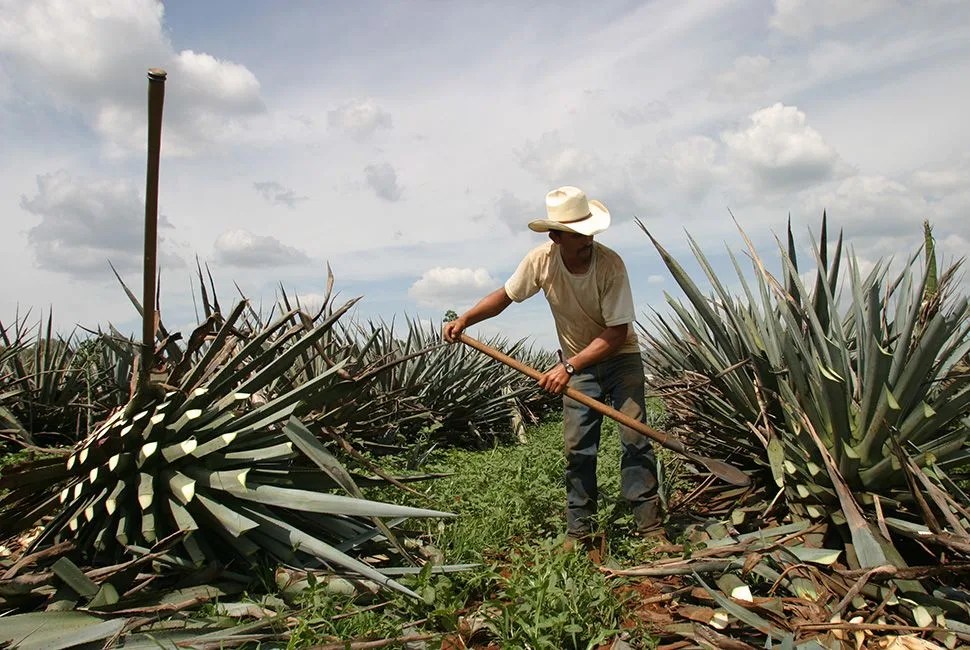
What VR early adopters will see is a distilling process notable not so much for technique or innovation, but for scale. Patrón produces about two million bottles of tequila each year. That’s not as much as you’d think; brands like Jose Cuervo or Don Julio produce nearly 10 times that amount. But it is unquestionably substantial.
